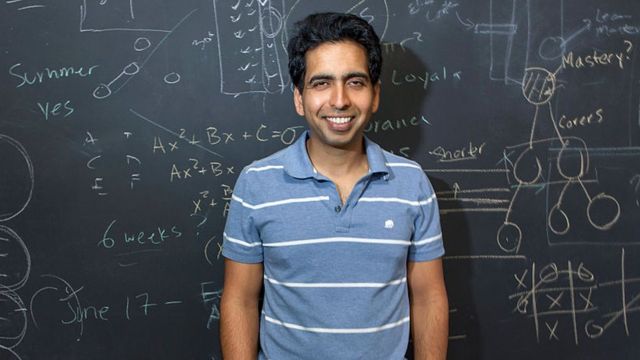

Students love this balanced approach to learning economics.

I divide them into the Big Three in Economics (title of my book): Adam Smith, Marx and Keynes. I just finished preparing a video course in “Modern Political Economy: Who’s Winning the Battle of Ideas?” for the Teaching Co., and I go to great pains presenting the entire spectrum of economic philosophy and schools of thought, whether Keynesian, Marxist, Austrian, Chicago, supply side, etc. As a professor who has taught economics, finance and business at Columbia Business School and now Chapman University, I was surprised how one-sided (teaching primarily Keynesian economics) his macroeconomics course is at the Khan Academy… with students reading and discussing only one book (Piketty’s “neo-Marxist” work, “Capital in the 21st Century”). He has produced 4,800 video lessons teaching a wide spectrum of academic subjects in mathematics and the sciences.Īnd now he is adding economics. Khan has been wildly successful and was recently named one ofTime magazine’s 100 Most Influential People in the World. Thomas Piketty should take note! Inequality is shrinking, not growing, when it comes to useful goods and services. Rich or poor, you can now have access to a first-rate education. His story is a classic example of democratic capitalism and the growing equality in the world. With degrees from the Massachusetts Institute of Technology and Harvard University, and a background in the financial world, he decided to create a “free, world-class education for anyone, anywhere” through his Khan Academy. Bengali-American educator Salman Khan is a brilliant reformer who wants to bring a free education to everyone in the world.


 0 kommentar(er)
0 kommentar(er)
